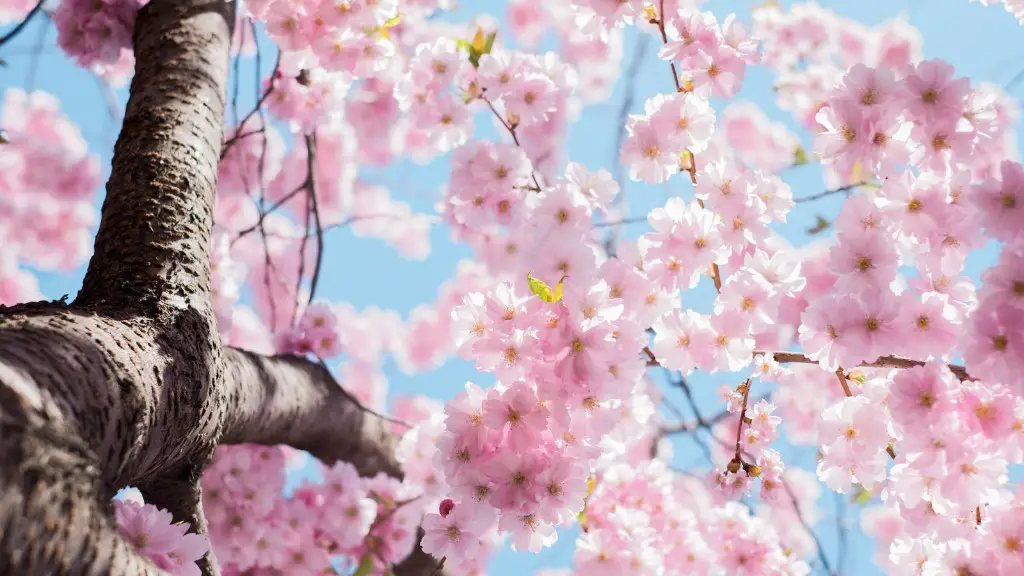Winterizing Your Palm Trees
When winter’s chill descends, even the most hardy of plants can suffer from the cold. Being geographically diverse, palms trees can be found in temperate regions as well as those that are much colder; unfortunately, the palm tree’s natural environment doesn’t always mean a frost-free winter. Knowing how to protect your palm trees from the damaging effects of cold weather is an important part of Winter gardening.
Palm tree owners in cold climates should start to prepare for Winter in late Summer when the temperatures begin to cool. At this stage it is important to check for any pest or disease as Winter is the best time to treat them. This is because it is essential to ensure that the palm tree is in optimum condition before any cold weather sets in.
Before Winter begins, watering your palm trees can also be important; they need to have enough water to see them through the dry, cold months. For larger palm trees, mulching is an effective method to protect the root system and promote healthy growth. Be sure to keep the mulch a few inches away from the trunk of the tree, as Winter can bring swamping which can provide an ideal environment for pests and diseases.
When temperatures approach freezing, covering your palm trees with a frost cloth can be helpful. Cover the trunk area, making sure the cloth cover is secure and be sure to provide enough slack so that the palm tree can sway in the wind. This can protect your tree from snow and wind which can cause further damage. However, it is important to make sure that your palm tree does not stay covered for extended periods of time; as the temperature rises just a few degrees above freezing, make sure to uncover the tree to allow airflow.
Another great way to protect your palm tree during cold weather is to install a light near the tree. Although this is more commonly associated with Christmas trees, these lights can be very helpful in providing additional warmth that can protect your palm tree from damage caused by cold temperatures. Just make sure to turn them off during the day, as too much added heat can also be detrimental to your palm tree’s health.
In addition to above-ground precautions, checking the root system can also be important in preventing damage to your palm tree. Compacted, poorly drained soil can lead to root rot and other diseases, so it’s best to check that the soil has good drainage. Make sure to regularly inspect the roots for any signs of disease or damage, and fill in any exposed areas with sand or soil to protect them from any elements.
Insects and Diseases
As with any other plant, cold temperatures can heighten the risk of certain diseases and pests attacking your palm tree. During the Winter, look out for infestations of spider mites and aphids, which can cause damage to the leaves. If the leaves become discolored or covered with a sticky substance, it could be an indication of infestation. To deal with this, many gardeners recommend the use of insecticidal soap which can be used to easily wash away any pests.
Another common pest problem during the winter is the borer beetle. If a palm tree is infested with these beetles, it’s important to act quickly. The first step is to isolate the affected palm tree and remove any debris or debris near the tree, as this can provide a habitat for the beetles. To get rid of the beetles, an insecticide may be used, however, it is important to use only natural and safe products.
Protecting From Wind Damage
Wind can be the most damaging effect for palm trees during the cold weather months. If the wind is strong enough, strong gusts can break or damage branches and leaves of the tree. The best way to protect your palm trees from this danger is to use a wind break. This can be made of any material, such as a large tarp or heavy fabric, as long as it is easily secured to the palm tree.
Another great way to protect your tree from winter winds is to use a wind break with a large stake system. This system will help to keep your palm tree secure and will give additional protection against strong gusts of wind. You can purchase these systems or make your own with stakes and metal or wooden boards.
Watering Your Palm Trees
A good rule of thumb for watering your palm trees in winter is to make sure that the soil is always moist but not waterlogged; too much water can be detrimental to the roots, so it is important to water frequently but not to excess. Depending on the type of palm tree, the amount of water required will vary; some species need more water in cold conditions, while others can survive with less frequent waterings.
It’s also important to check for any signs of water stress, such as yellowing of the leaves or drooping of the branches. This is a sign that the tree is not getting enough water, and it should be watered immediately. In addition, some trees may need additional protection from the elements, such as an extra layer of mulch or wrapping the trunk with burlap or fabric.
Choosing the Right Site
Choosing a suitable location for your palm tree is an important part of protecting it from cold weather. It is best to avoid planting your palm tree in exposed or windy areas, as this will increase the chances of wind damage. Additionally, it is important to take into account the full size of the tree, not just the size it is when you first plant it; be sure to leave room for growth, and check for any restrictions or measurements you need to follow as determined by local laws.
When planting your palm tree, make sure to use a high quality soil mix. It should be a mix of sand and other organic matter, as well as a palm tree fertilizer specifically formulated for your tree’s needs. WIth this combination you can be sure that your palm tree will be able to get the nutrients it needs during the winter months when it can’t get its normal dose of sunshine.
Cold Hardiness
When growing palm trees in colder climates, it is important to consider the cold hardiness of the species. Different species vary widely in their cold tolerance, so it is important to make sure you are growing the right type of palm tree for your climate. Some popular species, such as the Canary Island Date Palm and the Sabal Palm, are fairly cold hardy, while other species, such as the Chinese Fan Palm, are more sensitive to cold temperatures.
If you’re unsure of which species of palm tree will work best for your particular climate, it’s important to do your research. Speak to horticultural experts and check out online resources such as the US Department of Agriculture’s Plant Hardiness Zone map. With this information, you can be sure that your palm tree will thrive in your particular climate.
Food and Shelter
Some palm trees require ample food and shelter in order to survive cold weather. Many palm trees are sensitive to environmental conditions, such as lack of food or shelter, and being exposed to such conditions may cause the tree to go into a state of dormancy during cold weather. To prevent this, it’s important to provide the tree with adequate food and shelter.
A warm spot in which the tree can receive plenty of sunlight is the best place to plant a palm tree; this spot should be sheltered from strong winds and should not be in an exposed location. Additionally, it is important to remember to fertilize your palm tree every six weeks during the growing season. Additionally, when temperatures dip, it’s a good idea to provide the tree with extra protection. Mulch around the tree and cover the trunk with a frost cloth when temperatures dip below freezing.
Finally, it is important to remember that even the hardiest of palm trees can suffer from the cold if they are not prepared. By taking the right steps and taking the time to prepare your tree for winter, you can ensure that your palm tree survives cold weather and thrives in the years to come.
Overwintering Special Considerations
For many species, the key to protecting your palm tree from cold weather is overwintering. This is the process of providing cold protection for the tree during periods of cold temperatures. To do this, it is important to understand the cold hardiness of the species, as some require more protection than others.
For instance, many varieties of Areca, Livistona, and Phoenix palm trees require thorough protection against freezing temperatures. This can be done by wrapping the trunk with cloth or burlap and using a lightbulb to provide extra warmth. Additionally, it is important to remember that if the winter weather continues for an extended period, it may be necessary to move your palm tree indoors to protect it from extreme temperatures.
Pruning and Trimming
For some species, pruning and trimming can also be important for winter protection. Proper pruning and trimming can help promote better air circulation and reduce the risk of disease and pest infestation. Depending on the species, pruning and trimming can either involve removing dead or diseased branches or thinning out heavy foliage.
Additionally, some species of palm tree require trimming for the sake of aesthetics. Trimming and pruning can help keep the tree looking neat and healthy and can help it stand out in any landscape. When pruning and trimming, be sure to use sharp, clean garden tools and dispose of any dead or diseased branches far away from the tree and other plants.
Checking for Damage
After cold weather has passed, it is important to check your palm tree for any signs of damage. Damage can be caused by anything from strong winds to extreme temperatures, and symptoms can vary widely. Look for any discoloration of the leaves, broken branches, wilting or yellowing of the foliage, undersized or discolored fruit, and any other abnormalities.
If you detect any damage, act quickly and try to mitigate the damage. If the tree is severely damaged, you may need to replace it with a new one; however, if the damage is minor, it is likely that the tree will survive and regrow once the winter weather has passed.


